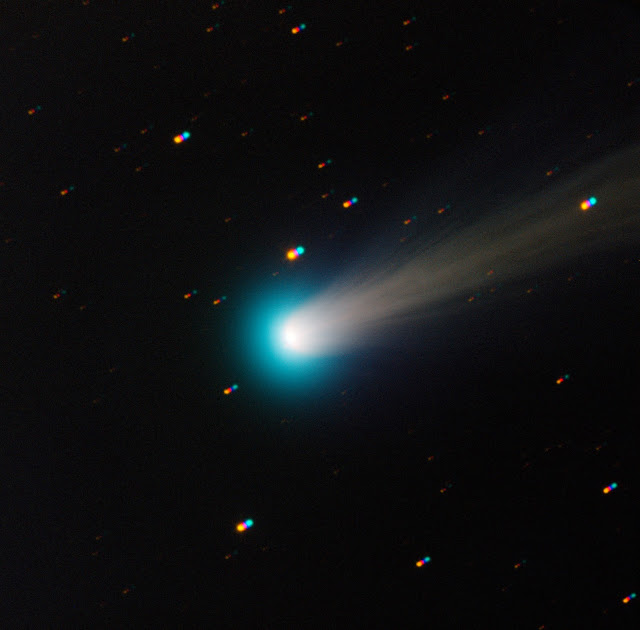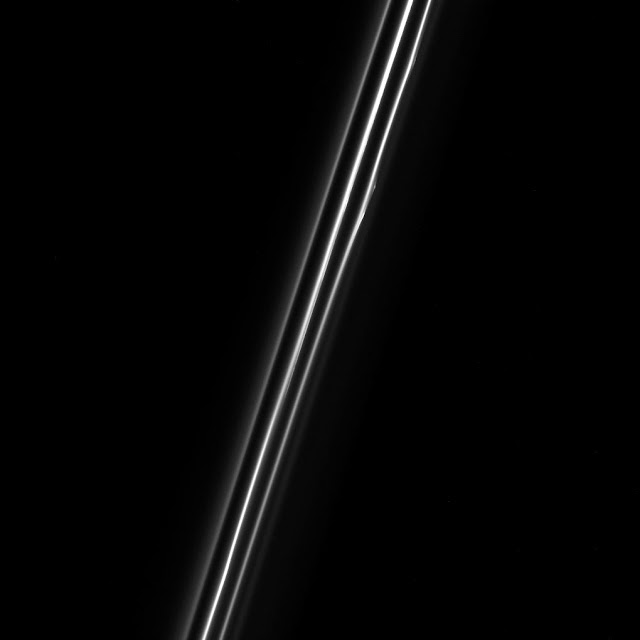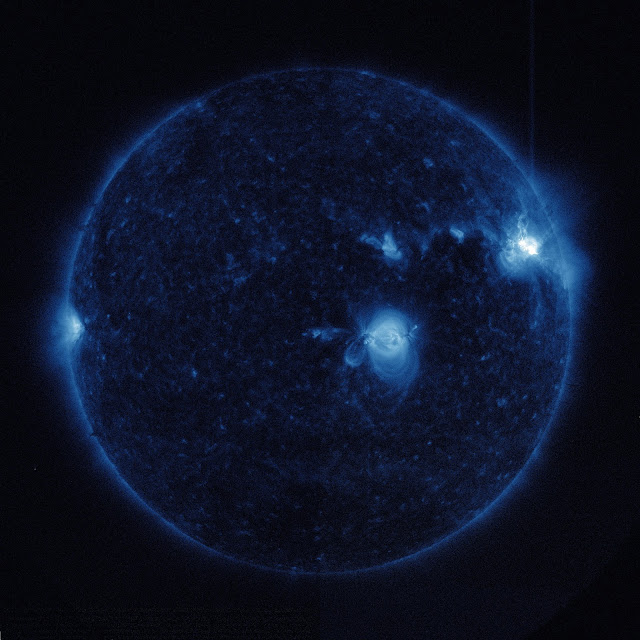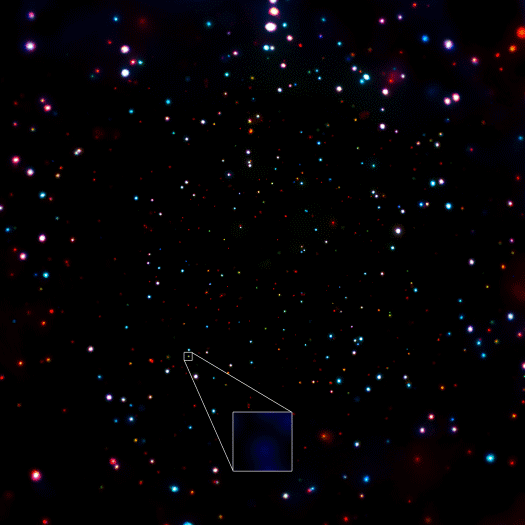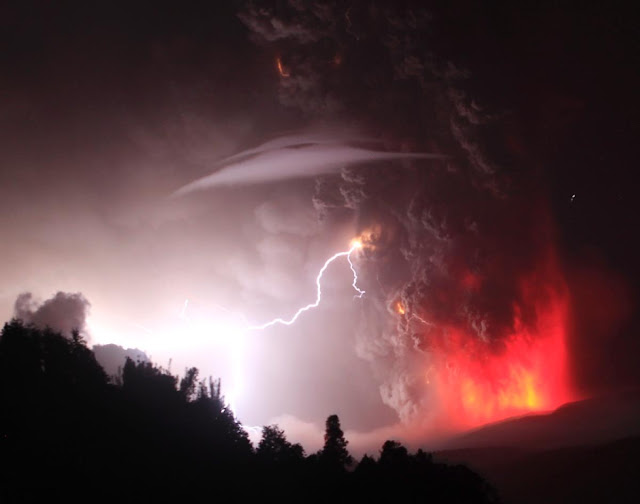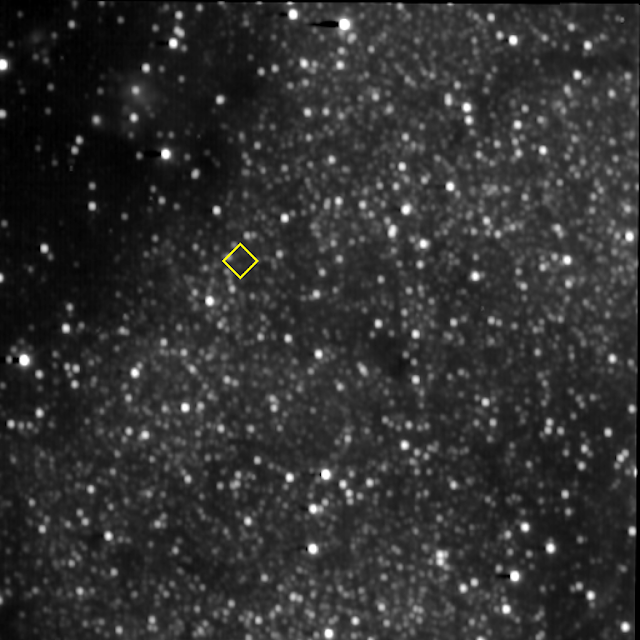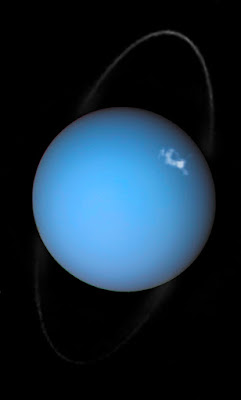VVV BD001
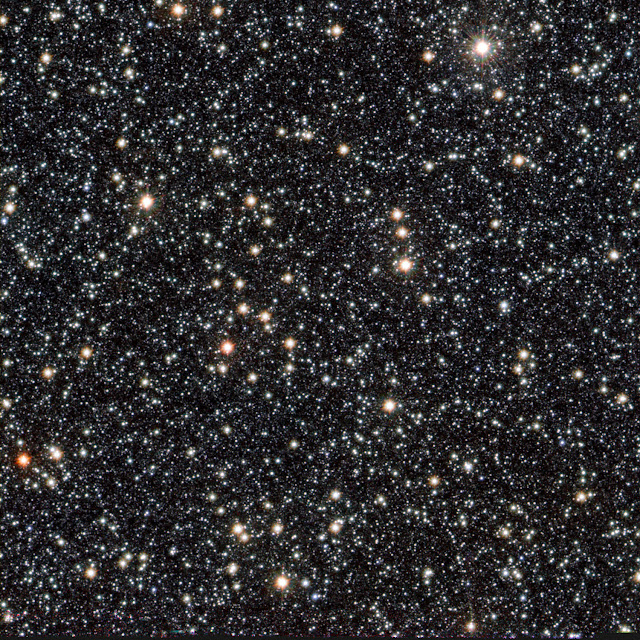
This image, from ESO’s VISTA telescope, shows a newly-discovered brown dwarf nicknamed VVV BD001, which is located at the very centre of this image. It is the first new brown dwarf spotted in our cosmic neighbourhood as part of the VVV Survey. VVV BD001 is located about 55 light-years away from us, towards the very crowded centre of our galaxy. Brown dwarfs are stars that never quite managed to grow up into a star like our Sun. They are often referred to as “failed stars”; they are larger in size than planets like Jupiter, but smaller than stars. This dwarf is peculiar in two ways; firstly, it is the first one found towards the centre of our Milky Way, one of the most crowded regions of the sky. Secondly, it belongs to an unusual class of stars known as “unusually blue brown dwarfs” — it is still unclear why these stars are bluer than expected. Brown dwarfs are born in the same way as stars, but do not have enough mass to trigger the burning of hydrogen to become normal stars. Because
